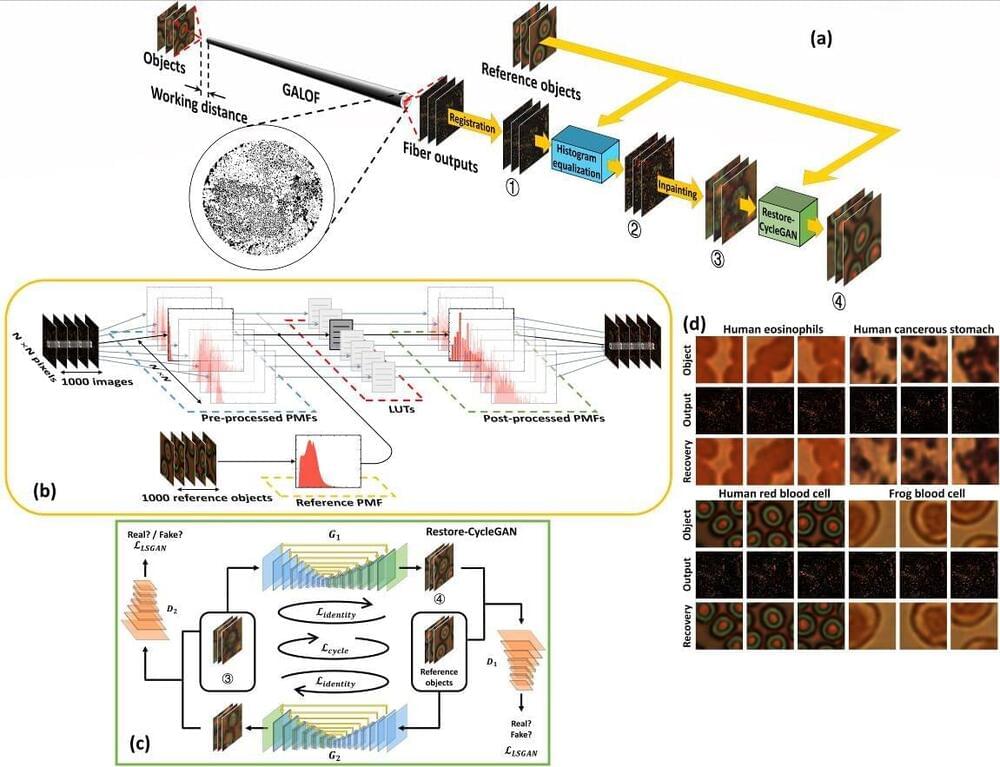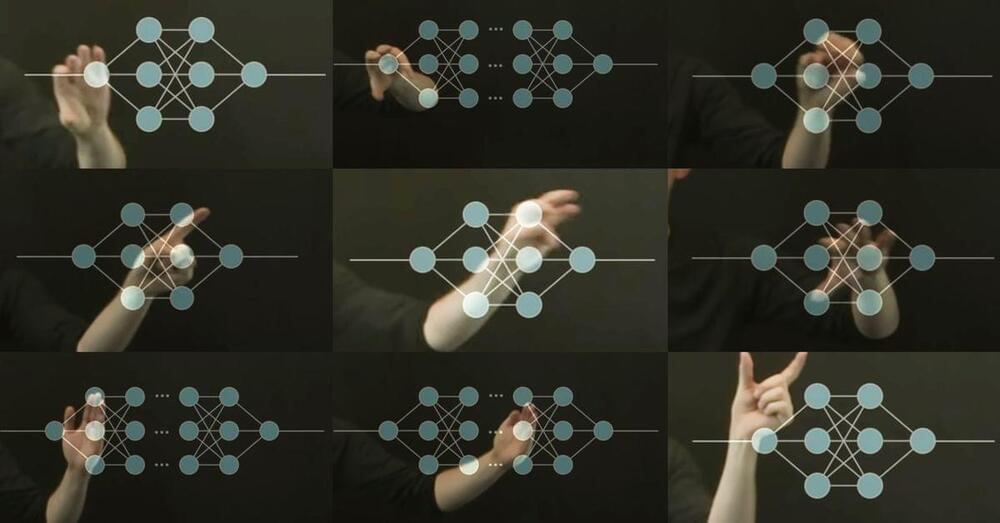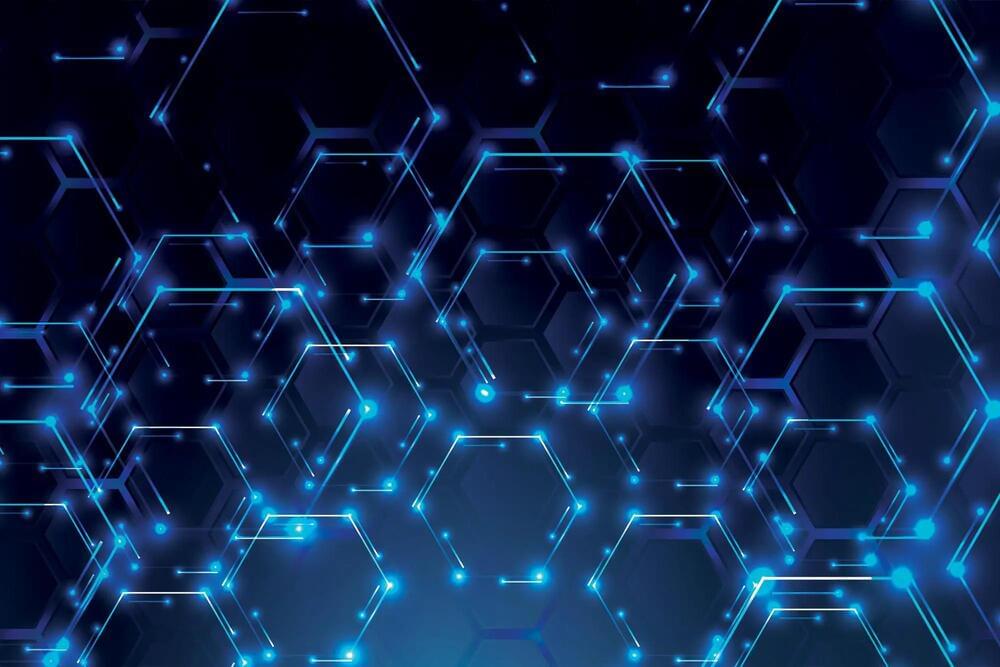Fiber-optic imaging methods enable in vivo imaging deep inside hollow organs or tissues that are otherwise inaccessible to free-space optical techniques, playing a vital role in clinical practice and fundamental research, such as endoscopic diagnosis and deep-brain imaging.
Recently, supervised learning-based fiber-optic imaging methods have gained popularity due to their superior performance in recovering high-fidelity images from fiber-delivered degraded images or even scrambled speckle patterns. Despite their success, these methods are fundamentally limited by their requirements for strictly-paired labeling and large training datasets.
The demanding training data requirements result in time-consuming data acquisition, complicated experimental design, and tedious system calibration processes, making it challenging to satisfy practical application needs.









